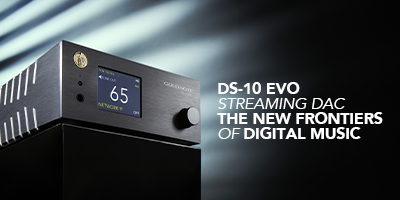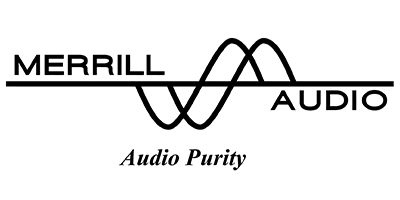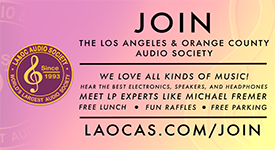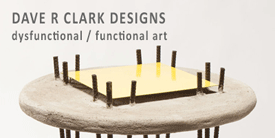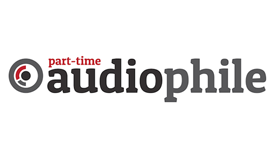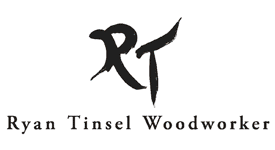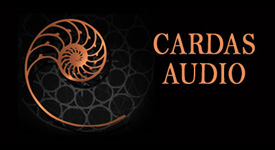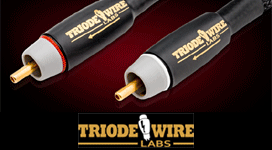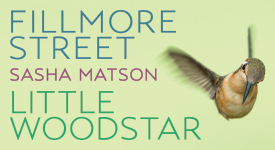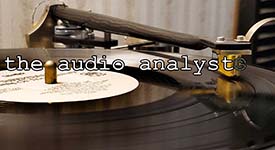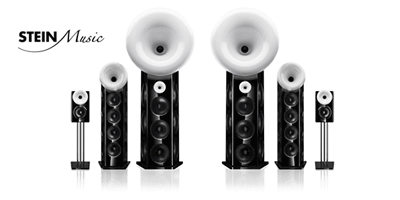A 2-Stage 45/WE-300B SET DHT Amplifier Design - and Much More!
By Bruce Berman
My journey into this amazing hobby of ours, that being ultra-fi audio, began in 1962, when my Dad purchased a book entitled, Hi-Fi Stereo Kits.
Hi-Fi Stereo Kits (above). The original book my Dad had purchased in 1962, and this was really the beginning of my long journey into high-fidelity audio.
This book described a number of preamplifier, power amplifier, integrated amplifier, and FM tuner kits that were available in the early 1960s, as well as several speaker kits. The popular and well-known kit brands discussed within this book included products by Eico, Dynaco, Harmon-Kardon, Heathkit, Knight Kit, Lafayette, and other companies that produced vacuum tube audio equipment of the era that is now highly coveted and much revered.
My Dad had also received those thick catalogs from Allied Radio and Newark Electronics, and as very young boy, I loved looking at the photographs of the professional Ampex tape recorders, the hi-fi audio gear, and the ham radio equipment of the late 1950s and early 1960s.
Later that year, my Dad finally decided which kits he would order and build; an Eico ST-40 integrated stereo amplifier, and an Eico ST-97 FM stereo tuner. And after a number of listening sessions at the electronics department of E.J. Korvettes, a well-known and long-gone department store in the New York-New Jersey-Connecticut area, with a really great selection of hi-fidelity audio gear you could mix-and-match and listen to, my Dad decided to purchase a pair of Acoustic Research Model AR-2A speakers in the beautiful cherrywood finish, in anticipation of the completion of these two Eico kits.
With the passing of my folks, I now own these AR-2As. Although I never use them, they remain a wonderful connection to my fond memories of my Dad’s original hi-fi system.
I can remember him going down to the basement every evening after dinner, and spending a few hours assembling these kits. In particular, I vividly recall watching him wiring the input selector switch for the ST-40 amplifier, with its multitude of differently colored wires. More times than I care to remember, he firmly asked me to step away; being a very curious 8 year old, I was an obvious distraction to him, as I was utterly fascinated by the delicate assembly work at hand.
After a number of weeks, the assembly of the amplifier was completed, and the bias for the four 7591 output tubes had to be set. My Dad was friendly with an electrical engineer and ham radio operator who lived up the street from us, and with his Simpson 260 volt-ohm meter and the Eico assembly manual instructions, he set the idling current for the tubes.
My Dad then went on to build the Eico ST-97 FM Multiplex Stereo Tuner, which also took several weeks, and once again, our electrical engineer neighbor assisted, this time with his test equipment for the final alignment of the tuner.
I’ll never forget that early Saturday evening during the winter of 1963, when the Eico tuner, amplifier, and the AR-2A speakers were finally connected together in the den of my folk’s home, and music filled the room for the very first time. My Dad was absolutely incredulous that all of this effort he had invested in assembling these kits had paid off, and more amazingly, considering he was a first-time kit builder, the equipment worked perfectly the very first time. That joy and amazement were clearly felt by me as well, and my lifelong passion in audio and all things related to it, was formed then and there.
Shortly afterwards, my Dad added a lower-end Garrard turntable to his stereo, which did not exactly do the system justice, but it played all of my and my folk’s records. My parents listened mostly to classical music, and the Eico ST-97 tuner was pretty much permanently tuned to WQXR-FM, which was the de facto classical music radio station in the New York City area. As a result, I developed an early appreciation for classical music, but I really enjoyed the 1940s, 1950s, and 1960s jazz that my Dad would occasionally play. And I remember him telling me that he had once seen Billie Holiday in concert, accompanied by the Chick Webb band, when he was a young man.
When my parents were out of the house for an extended period of time, I’d set the tuner to WNEW-FM or WPLJ-FM, and turn up the volume on the ST-40 amplifier; these were the most popular progressive album-oriented FM rock stations in the New York area at the time.
My interest in jazz was really motivated by a music appreciation course I took as an elective during my junior year of college. The instructor was amazing, as was the jazz he played from the 1920s through the late 1960s over the McIntosh MC-275-powered JBL sound system within the lecture hall. That was a great sounding system! It was here that I really developed my love for Billie Holiday, Thelonius Monk, Lester Young, John Coltrane, Miles Davis, Coleman Hawkins, and Dave Brubeck, etc. The list of course goes on. Although I consider my taste in music to be fairly eclectic, jazz is still my most favorite genre, although I do enjoy a lot of bluegrass and 1950s and 1960s country and folk music.
In 1969, my fascination in everything related to electronics was galvanized when I read an article in the New York Times that described the radio and data communications network utilized by NASA for the Apollo manned space program.
This led me to a lifetime interest in ham radio, and I received my amateur radio license in March of 1970.
55 years later, I am still an active radio amateur, and this spawned my desire to pursue a degree in electrical engineering, as well as my interest in designing and building much of my own radio receiving and transmitting equipment, and later, my own audio gear.
In the summer of 1971, my Dad traded in the Eico ST-40 and the ST-97 kits he had built, for a Pioneer SX-626 receiver, as the tuner was beginning to develop some issues. In retrospect, I should have asked him to give me the equipment, as I would have treasured it now as I do his AR-2A speakers. As we all know, hindsight is frequently 20-20, and life is full of regrets.
Please click on the link below to go the next page.

